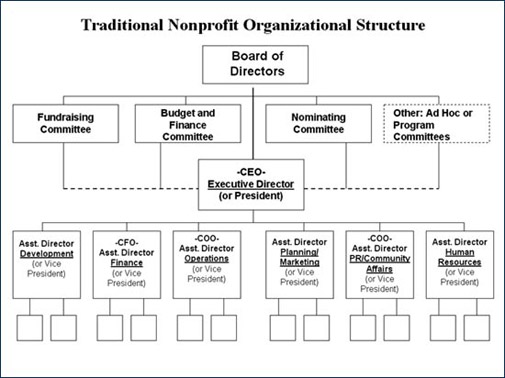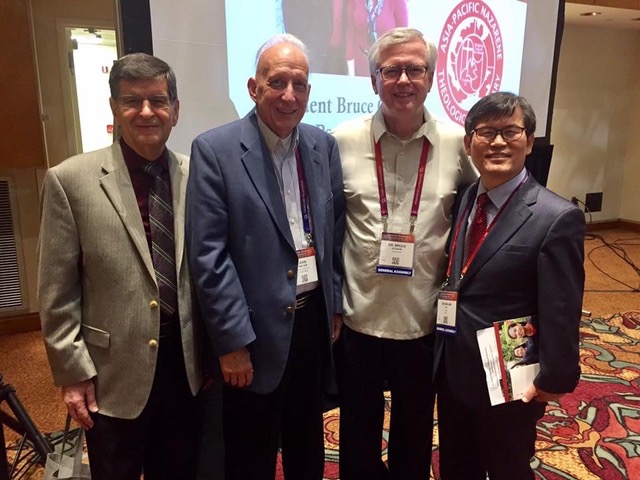Recently I was asked to comment on a new organizational structure shared with me in tentative form by the leader of one of our educational institutions of the Church of the Nazarene globally. In commenting on the proposed administrative organization, I suggested that there is no one “right” organizational structure for an education institution. Rather the structure must reflect the style and preference of the school leader, the institutional mission and vision, and the context in which the school is placed, i.e. enrollment, finances, expectations, multiple assignments, current personnel and institutional culture.
I mentioned that perhaps organizing a “chart” of administrative responsibilities maybe the easiest part of the leaders’ task. Much more complicated, difficult, and critical is managing the “white space” between the “boxes” on an organizational chart. “Managing Sideways,” to use the concept of a book by the same title.
Paying close attention to the people and the work or lack of work that is located between the titles and positions in an organizational structure often determines the degree of effectiveness and efficiency in accomplishing the institutional mission and realizing the vision. Facilitating the processes of working together across department or divisional “lines” or responsibilities can channel the energy and resources of the institution toward a coherent and consistent message and energize a competent administrative team.
People and process management can be much more time-consuming than shaping an organizational structure in isolation. The results, however, are most often worth the extra effort. Teams tend to work “with” the others, not “against” them. Managing “sideways” enables us to more likely avoid “stumbling” over others or being “blindsided” in the organization. Involving these individuals in the very shaping of an effective structure can in itself be growth producing and a valuing experience on the part of the team, a significant by-product of giving attention to the “white space.”
In the recent reply to my friend inquiring about organizational structure, I attached the “Guiding Principles for Senior Administrators” in place before I retired from Mount Vernon Nazarene University. The document was our attempt to “manage the white space” within the organizational structure, and resulted from numerous discussions with the administrators in an attempt to articulate in writing the guiding principles to assist us in managing across the university. The process itself was a professional development experience for the group.
It may be out of date now, or in need of serious makeover. Perhaps the lengthy document is very inadequate or even irrelevant. It was our serious attempt, however, to address the issue of “working together” and to avoid the familiar “working separately” in the context of our responsibilities within divisions on campus. We attempted to clarify expectations so that energy available was channeled collectively and coherently toward the goals of the university, and not in conflict with them, or in competition with or opposition to other administrators. Notice the repeated emphasis on “Communication” and “Empowerment.” Pay close attention to Sections II and IV.
Modify it as appropriate, if it helps you. Seek to clarify; don’t assume. Write it down. Review it often and revise as necessary.
Click below to read the document I forwarded to my friend. I welcome your comments, and any documents you prepare for your college or university, local church, or ministry organization.
Managing the White Space: Guiding Principles for Senior Administrators
E. LeBron Fairbanks
BoardServe LLC, founder and director
www.BoardServe.org
lfairbanks@boardserve.org
740.398.7184






